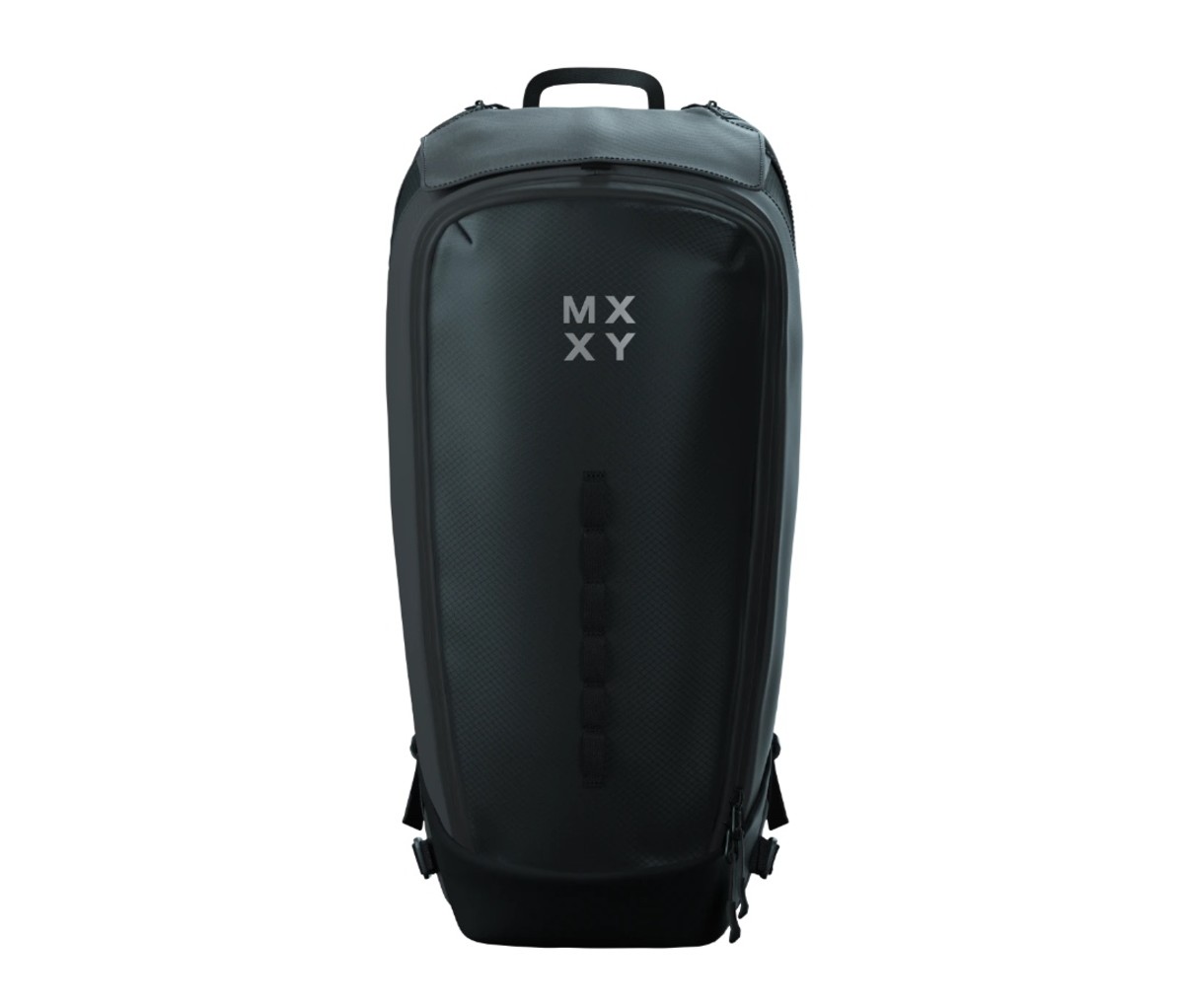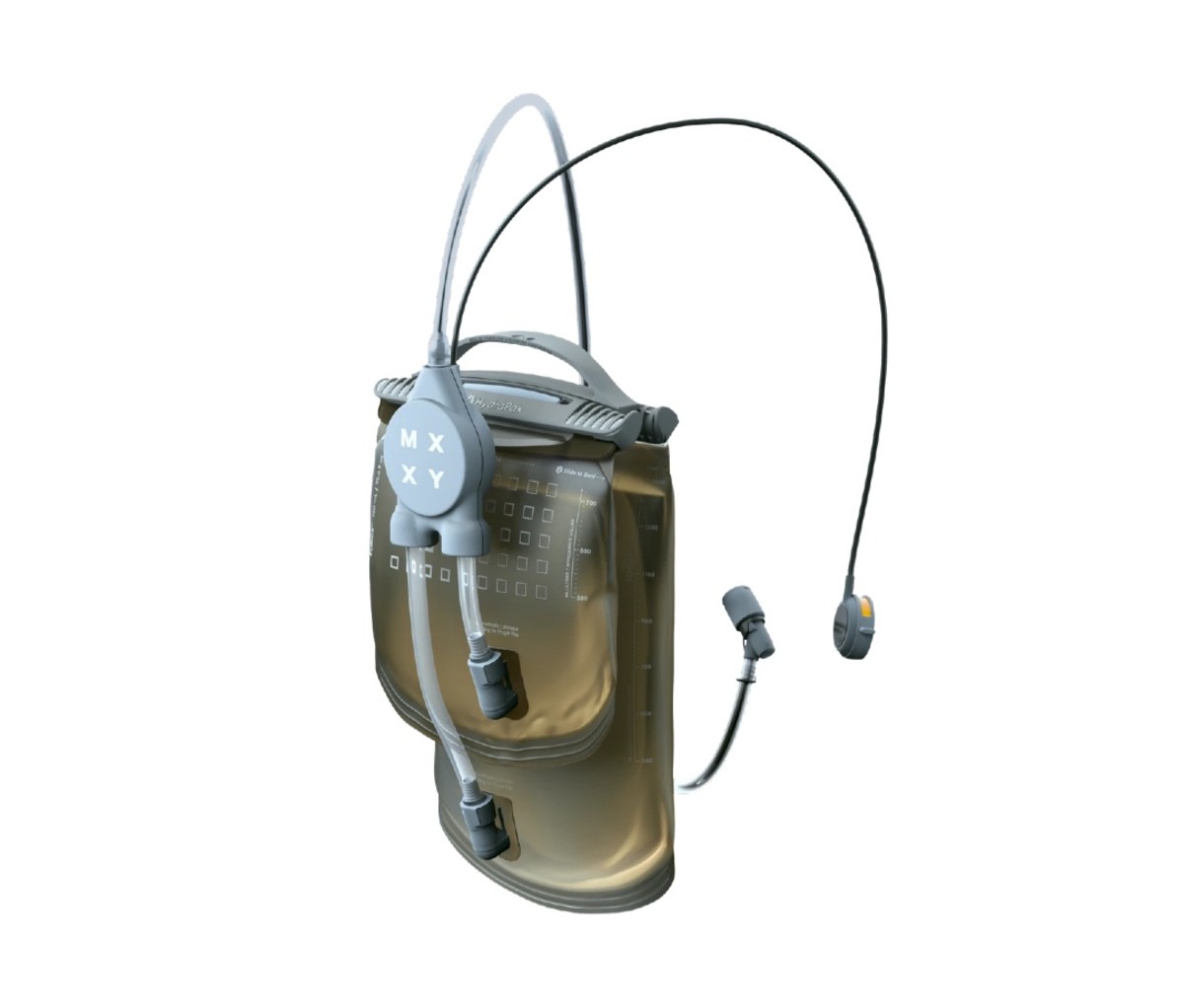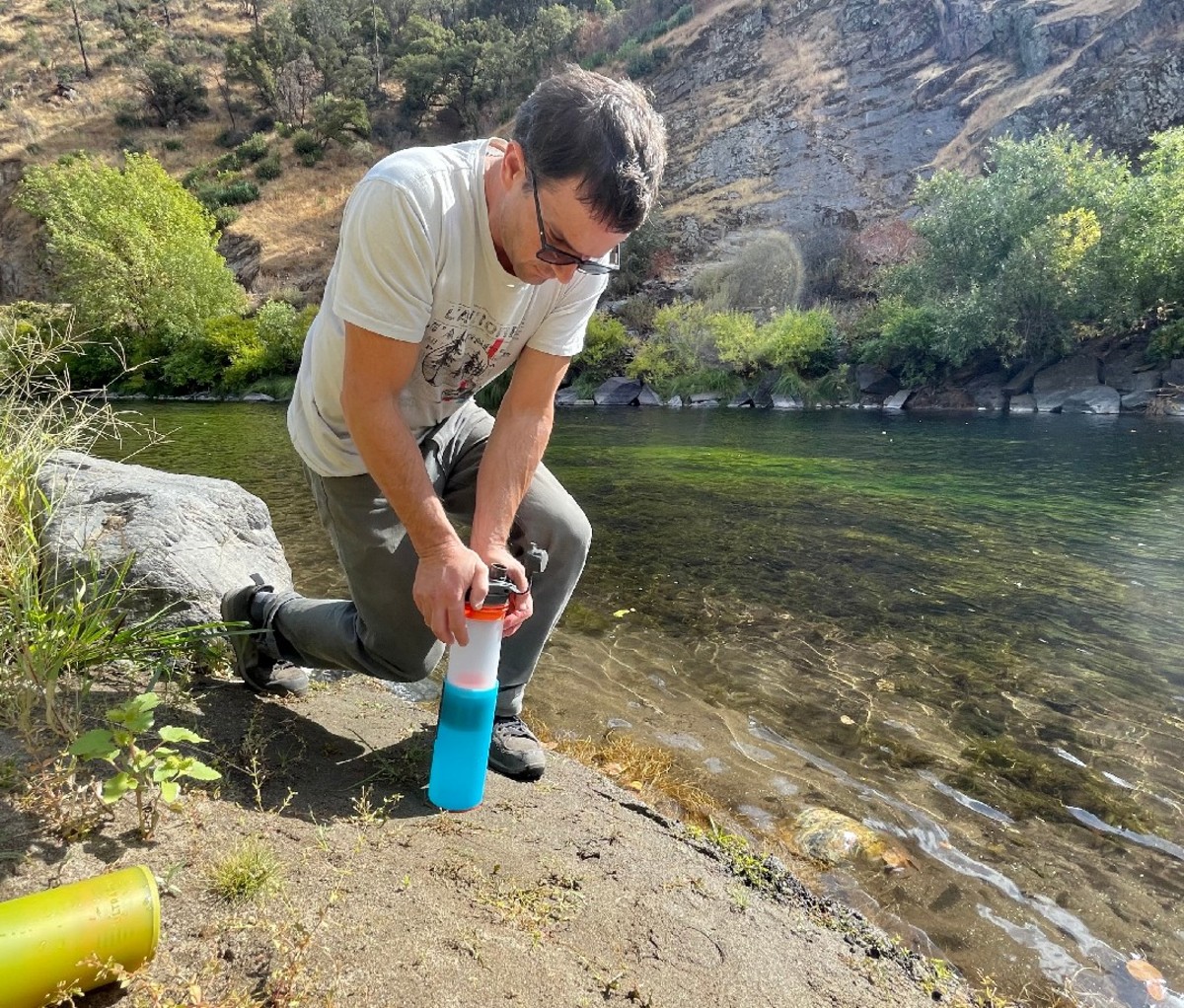I started writing for Breaking Muscle several years back, and I have had an agenda the entire time. In an attempt to get me established as someone with some strength chops, the good folks on the editing team thought it would be a better idea to ease up on the articles centered around the mysterious, esoteric, and unconventional.
“Help them understand you know what you are talking about when it comes to training, and then they will be more willing to listen to some of your more fringe ideas.”
I wrote an original piece, What’s Daoism Got To Do With It? which was a first attempt at offering up some of these ideas. This article was my underhand toss to this community on some heavy ideas.
Well, I’ve waited long enough, and it’s officially time for my freak flag to fly.
I’m about to give you the cliff notes to a much larger project I have been working on since I was conducting clinical research for my Medical Qigong doctorate over 13 years ago.
What you are about to read is real.
Yes, some elements will feel fantastic and whimsical and moments where you will think I’m taking a form of artistic license with my claims. And you couldn’t be further from the truth.
Much of what I will present today have all been proven in studies—if you are inclined to look.
This short dissertation is the exact phrasing I use with my patients who come to see me for help with a medical concern and don’t have a tremendous understanding of Qigong or Chinese medicine in general.
But, you get to look at the world I live in through the strength lens and not the healing lens: even though you will quickly find they are not independent of one another. So sit back, and listen to some ideas that you likely have never heard before.
Everything is Energy
Okay, well, most of you have probably heard that, but it’s a fundamental concept that needs to be accepted if we will make any headway with all of this. The good news is, any high school physics book will confirm this if you need convincing. That computer/phone screen you are looking at, the shoes you are wearing, the water in the ocean, and the stars in the sky are all energy. You are, in fact, energy.
Everything that is material in this world, everything that is not, and everything in between is, you guessed it, energy differentiating by tone, vibration, and quality.
Neo in The Matrix, the moment he is brought back to life by Trinity with the kiss and through the eyes of the one, sees the world as it indeed looks like a fantastic cornucopia of lights and colors beyond description.
Yin and Yang
With that being said, we may learn the most fundamental understanding of this through the image of yin and yang: you know, the two teardrops that have come together to represent duality, the circle of life, and the expression of opposites.
The yin and yang are established right around the first cellular division after the moment of conception.
We Daoists believe that in many ways, that moment is as important, if not more important, than when the sperm hits the egg. That division is where yin and yang take form, where every child’s virtues are escorted in, and software of the divine spirit begins to run its program.
In that moment, and all through gestation, the developing child is in a nuclear nirvana of sorts that can only be disturbed by excessive stressors that the mother is enduring.
I like to think that the yin and yang of that being are in total balance, and perfection (in almost all cases) has been achieved and maintained for nine months.
Before we go much further, we probably should give you a quick explanation of what this whole yin and yang thing is. But first, it’s yin, not ying with a G. And it’s yang as in yawn—not yang and dang. When was the last time you heard someone say daaaang and mean it? Joe Dirt said it a couple of times, and probably one of your hillbilly friends, right. Well, for those of us in this business who hear that, immediately see the hillbilly friend in you when we listen to you say ying and yaaaang!
Forgive me, but it needed to be said.
For this article, yin and yang will be defined as the quality of the energy we are talking about:
- Yin represents female, calm, cool, the shadow side of the mountain, the moon.
- Yang is male, aggressive, hot, on the light side of the mountain, the stars. Inside of every single atom in your body lies these qualities.
Gather up all the atoms, and we have you, and during the time you are in the cozy confines of mommy’s tummy, all is balanced, as balance pertains to you individually.
My balance is different than yours, but it is understood and accepted that this balance exists to some degree in all of us.
In moments of true balance, everything in the body works beautifully. All systems are tuned to the maximum, and during that nine months, the miracle of life is taking shape. And then, you take your first breath.
It’s a Boy
Those words are followed by one of the most blood-curdling screams that you will ever hear. I know it well. I’ve heard that scream three times. I was in a position with our doctor when the entire process happened for my wife and our kids, and I remember that sound. Many people think that is inherently reflexive, and it’s the baby’s way of announcing that he or she has arrived.
But I have a different theory.
If everything is energy, and energy cannot be destroyed, think about the room the woman is in having one of the most cataclysmic events of her life. Then think of the woman that was there before her, and then the one before that. Over time, that room becomes a petri dish of emotion and the electrical charge as those events soak into the walls.
Think of how the dad feels (I can only speak for myself, but I was a nervous wreck for each delivery, probably more so than my incredible wife). Think of how jacked up the doctor and hospital staff is at the moment the pushing gets going.
Come back to the mom’s true love, elation, excruciating pain, fear, joy, terror, and all the most explosive emotions of which a human is capable are permeating into every square inch of that room.
Baby has spent approximately nine months in the most glorious environment he/she will ever know, and in one breath, all that energy of the room is taken-in for their first toke of life.
At that moment, the equal union of yin and yang is radically altered, and the rest of that person’s life is spent chasing balance.
Dis-Ease
Think about it. According to the Alexa on my desk:
- As a noun, ease is defined as freedom from labor, pain or physical annoyance, tranquil rest, comfort.
- As a verb, it’s defined as to free from anxiety or care.
- Throw “dis” in front of it, and there you go.
Now, I’m not betting my farm on Alexa being the all-knowing soothsayer that only spits truths, but if we can agree that her definition is close to accurate, then what is missing?
She never mentioned:
- Proper diet
- Eight glasses of water a day
- Taking vitamins
- Don’t live next to a power plant.
- Using fluoride-free toothpaste
The things that Alexa mentioned had to do with aspects of life perceived from the inside and the types of things we all hope to attain.
Her understanding of the second half of disease has to do with calm, stillness, and satisfaction at the moment.
Good thing my Alexa and I are so tight because much of the Chinese Medical system is based on things like emotions, virtues, and the elements. Tie specifics to organs and what we have is an elegant way of looking at illness and the root cause of everything that delivers us to the waiting room of our favorite MD.
If ease’s opposite is centered on anxiety, discomfort, pain, and physical annoyance, can you start to put the picture together that much of our illnesses are rooted in emotional distress?
Take that one giant step forward; if you become inundated with overbearing emotions, particularly one or two, that yin and yang balance is thrown into turmoil.
The longer you stay in imbalance, the richer the soil is to grow something terrible. I am simplifying this by leaps and bounds.
If I had absolute freedom to explain all of the correlations drawn between this organ, that meridian, and these emotions, I would be able to paint a clear picture for you. Just trust that it’s all there.
The Noise of Life
I used the word noise because it captures an idea I hope you will grasp in this section.
The most centered person on earth is faced with the challenges of living this life in this time.
- Take any monk-ish person on this planet, someone who has cultivated themselves with decades of committed practice to meditation, prayer (something we will visit in the third installment), and drop them in downtown Los Angeles.
- Then, give them a cell phone, a corporate job, a bad diet, a new girlfriend, bills to pay, and a right knee giving him problems, and then watch all that work devolve before our eyes.
- See, the devout, the ones who have dedicated their lives to service, particularly service from a religious or spiritual angle, those folks go off to monasteries and seminaries and are effectively locked up and removed from society, so the noise of the day-to-day is filtered.
- They can have the ideal conditions to work their craft. They aren’t anti-social; they create the best possible setting for deep introspection, study, and cultivation.
The best way to learn to fly is in an airplane. The best place to learn how to be a priest and be in service of God is in a monastery, away from society’s day-to-day.
Now, if you are buying the whole yin and yang position, and we know that the only time in one’s life where balance is genuinely achieved is in the womb, then every second, we are boots on the ground in this world, we are chasing that balance.
I tell my patients that they will likely never achieve that absolute balance ever again unless they adopt some practice.
Our lives Are a Yang Thunderstorm.
Think about that for a moment:
- The hustle and grind of life
- Our jobs
- Our relationships
- The garbage that the media is continuously trying to shovel down our throats, like our diets.
- Everything we encounter in our waking times is stress.
- And in the case of this article, we are having yang-type energy blasted at us and into our energetic field around the clock.
If we don’t have a solution to offset this continual inundation, our teardrops should be equal to each other and start morphing into something so one-sided that illness is destined to happen.
I want to leave you with this.
And then we throw training on top of it. We intentionally add another yang activity into an already noisy day because we love it, and we think we are doing ourselves a favor.
Yes, our fitness is beneficial, our jeans look good, and I’ll be the first one to say that I go through a legit posing routine in the morning in the mirror right before brushing my teeth (quit lying, you do, too). We love our gym time, and we know it’s good for us.
Or is it?





